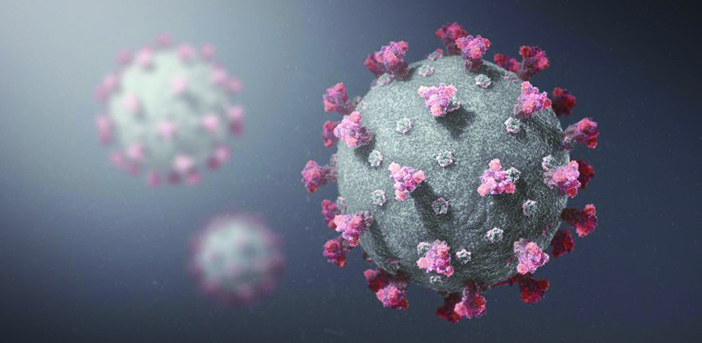Cellular mechanism explains behind why some are at greater risk, and may be used to protect them.
Among the populations most significantly affected by COVID-19 are the elderly and patients with preexisting medical conditions including diabetes, hypertension, obesity, metabolic syndrome, cardiovascular disease, and chronic lung diseases like COPD and asthma.
In a new study published in the journal JCI Insight, Brown University researchers describe the cellular and molecular events that explain why these groups have a higher risk of infection as well as of severe side effects and death.
“This paper details a major discovery in COVID-19,” says corresponding author Jack A. Elias, MD, an immunologist and dean of medicine and biological sciences. “It shows that levels of a protein called chitinase 3-like-1 increase with age as well as comorbid diseases and infection. What’s more, chitinase 3-like-1 augments SARS CoV-2 infection.”
The findings not only answer important questions about key mechanisms of the complex SARS-CoV-2 virus, Elias says, but also have direct implications for the development of therapeutics to control the viral infection.
Elias is part of a National Institutes of Health-funded laboratory that focuses on the cell and molecular biology of lung injury and repair. Researchers in the lab, including lead study author Suchitra Kamle, PhD, and co-author Chun Geun Lee, MD, PhD, have recently focused on the biology of enzymes and enzyme-like molecules, called chitinases and chitinase-like proteins, respectively. Of particular interest is a chitinase-like protein referred to as chitinase 3-like-1, a molecule naturally found in blood.
“We’ve been studying this gene family here at Brown for a while and we know that it has a large number of biologic effects, as well as tremendously important roles in both health and diseases,” says Lee, a professor of molecular microbiology and immunology (research).




